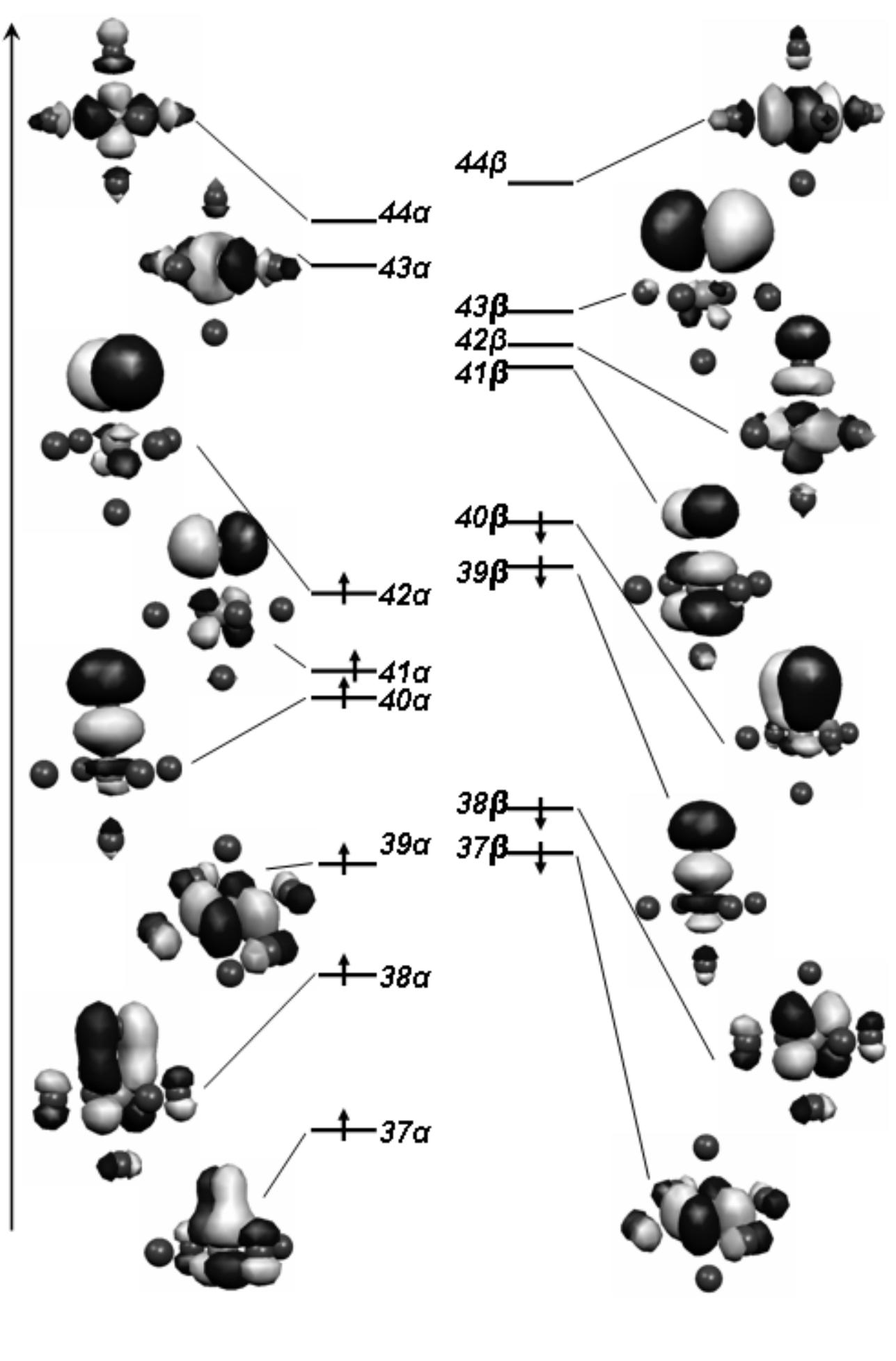Key research themes
1. What factors govern O-O bond cleavage mechanisms in ferric-hydroperoxo complexes and how do ligand environments modulate this process?
This research theme focuses on understanding the electronic, structural, and ligand field parameters controlling O-O bond cleavage in ferric-hydroperoxo species, which are pivotal intermediates in many iron-dependent biological oxidations. The investigations seek to elucidate how covalency, ligand charge, spin states, and iron d orbital interactions influence O-O bond weakening and cleavage pathways. This has fundamental implications for the mechanism of enzymatic oxygen activation and biomimetic catalyst design.
2. How do electronic structure and covalency considerations redefine the oxidation states and bonding descriptions in high-valent iron-oxo species?
This theme addresses the fundamental electronic description of high-valent iron-oxo species, challenging classical assignments of iron oxidation states as Fe(IV) or Fe(V). Research employs advanced quantum chemical methods to assess the covalent character of Fe–O bonds, spin densities, and the localization of unpaired electrons to provide alternative viewpoints on electronic structures. These insights influence interpretations of reactivity and catalytic mechanisms in heme and non-heme iron enzymes.
3. What roles do ligand coordination, cluster nuclearity, and substitution influence the structure and magnetic properties of high-valent iron intermediates?
This theme investigates how ligand types (e.g., Schiff bases, oximes), nuclearity of iron clusters, halide coordination, and substitution patterns dictate the cluster structures, symmetry, oxidation states, and magnetic exchange interactions of iron-containing intermediates. These structural and electronic variables profoundly affect reactivity and the electronic communication within multinuclear iron assemblies relevant to catalysis and enzymatic mimics.

